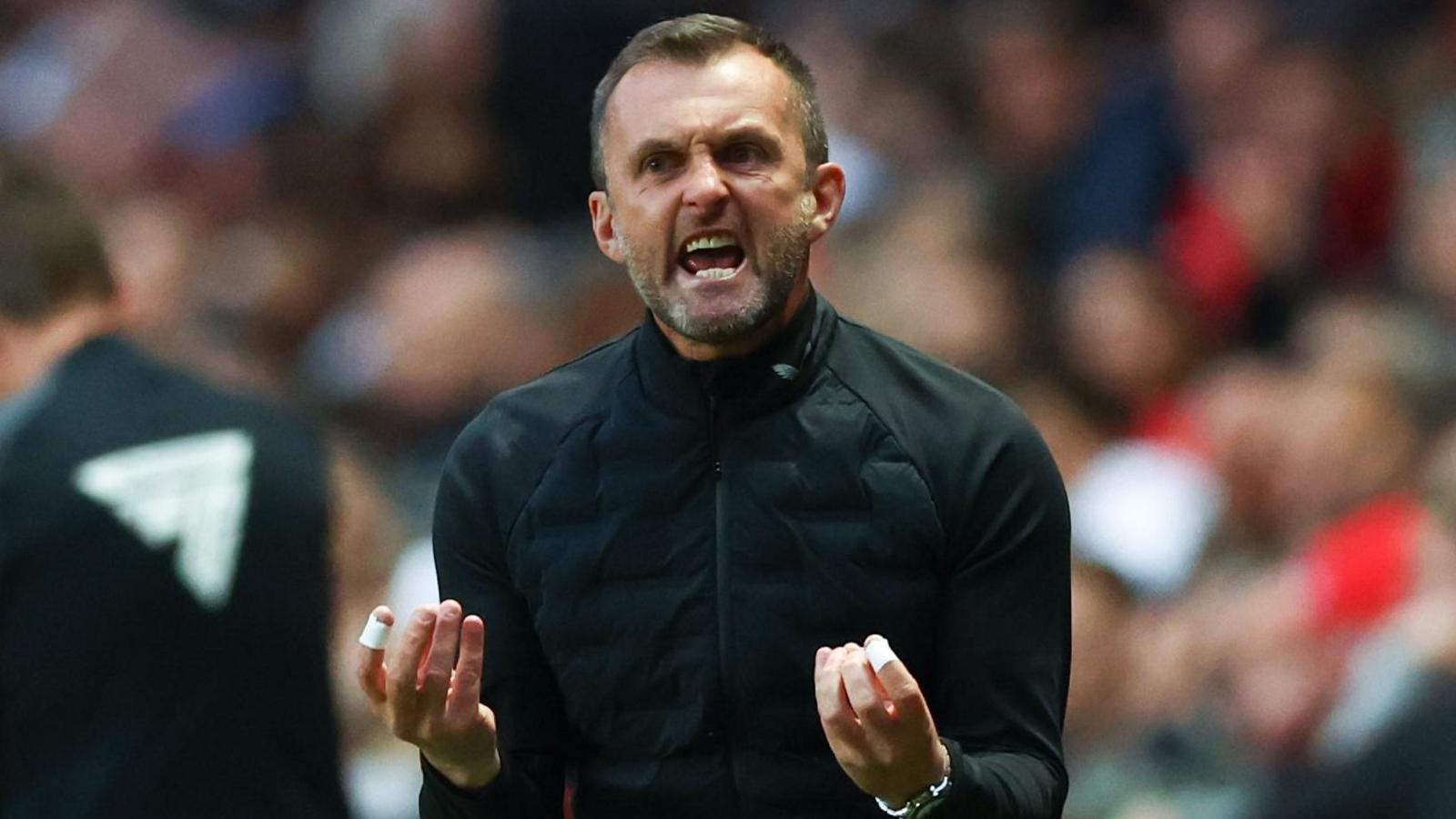The Joint National Association of Persons with Disabilities (JONAPWD), Rivers chapter, has raised the alarm over what it described as total neglect under the ongoing emergency rule in Rivers State.
At a roundtable discussion organised by TAF Africa in Port Harcourt, participants from the disability community said the absence of a democratic government has left them without representation, access, or engagement.
“We were preparing for elections under the administration of Governor Siminalayi Fubara, working with the Ministry of Social Welfare and Rehabilitation.
“But the moment the state of emergency was declared, everything stopped. Since then, we’ve had no progress, no access, no engagement,” a member of the association, who did not give his name, said.

He also reiterated that the elections of their officials had been pending due to the Ministry of Social Welfare’s unavailability to officiate the elections.
READ ALSO: Rivers Crisis: Fubara Visited Me With Two Govs – Wike
The CEO and Founder of TAF Africa, Jake Epelle, said the current sole administration had not made a single statement on disability inclusion.
“It is shocking that in this day and age, a whole administration can run without mentioning disability inclusion. The least the sole administrator can do is appoint a special adviser on disability matters and begin a conversation with the community.
“We know you probably didn’t know, but now we are reminding you — persons with disabilities matter,” Epelle told to Channels Television.
He also demanded transparency on how public funds are managed.
“Let him come clean and tell the public how much money has been released from the Federal Government — and how it’s being spent. Every leader must be held accountable. Disability rights are human rights,” Epelle added.
A former chairman of JONAPWD in Rivers State, Kie Obomanu, echoed the concern, saying the group has been abandoned.
“The first step is an engagement with the sole administrator,” Obomanu added.
Participants at the event also called for urgent government attention to three key areas: access to healthcare, education, and an inclusive environment.
JONAPWD, therefore, urged the current state administration to act swiftly and inclusively, starting with engaging the disability community and restoring proper democratic structures.
On March 18, President Bola Tinubu declared a state of emergency in Rivers and suspended Fubara, his deputy, Ngozi Odu, and all the state lawmakers, following the political crisis in the state that emanated from the rift between Fubara and his predecessor, Nyesom Wike.









